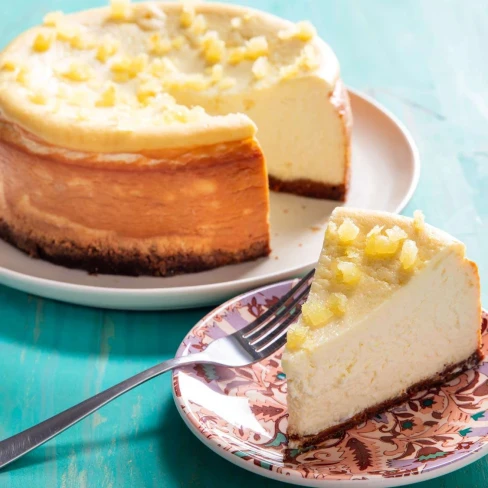Lemon-Ricotta Cheesecake Recipe
Prep Time
10m
Cook Time
3h 30m
Total Time
3h 40m
This lemon-ricotta cheesecake recipe is a delightful and rich dessert option. Cream cheese, fresh ricotta, lemon juice and zest, and other savory ingredients create a velvety smooth filling. Baked in a buttery crust and topped with candied lemon peel, it's a gourmet dish that's truly unforgettable.
Ingredients
Steps
Nutrition Facts
Ingredients
(Servings:
12)
Scale
Scale
For The Graham Cracker Crust
For The Cheesecake
To Serve
Steps
View steps on seriouseats.com or by saving the recipe to your
personal library.
Register for free to start
saving recipes.
Nutrition Facts
Nutrition facts are based on 1 serving. If servings is not specified, 6 is assumed for the total
recipe.
-
Calories1,415kcal70%
-
Fat91g4%
-
Saturated Fat50g2%
-
Carbohydrates96g4%
-
Fiber1g0%
-
Sugar75g3%
-
Protein54g2%
-
Cholesterol373mg18%
-
Sodium1,027mg51%
Percent Daily Values are based on a 2,000 calorie diet.
